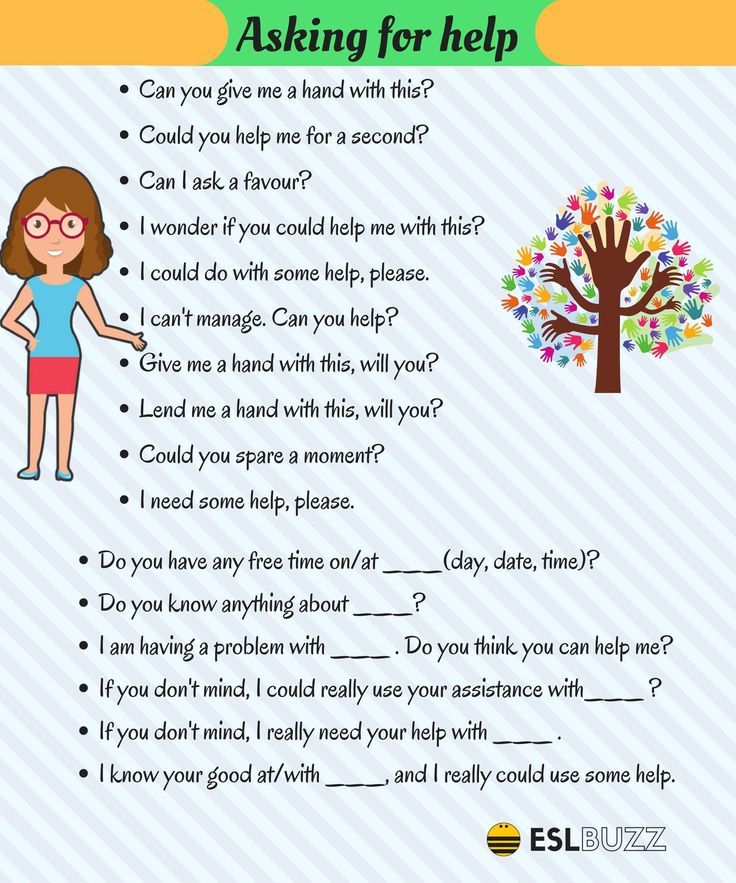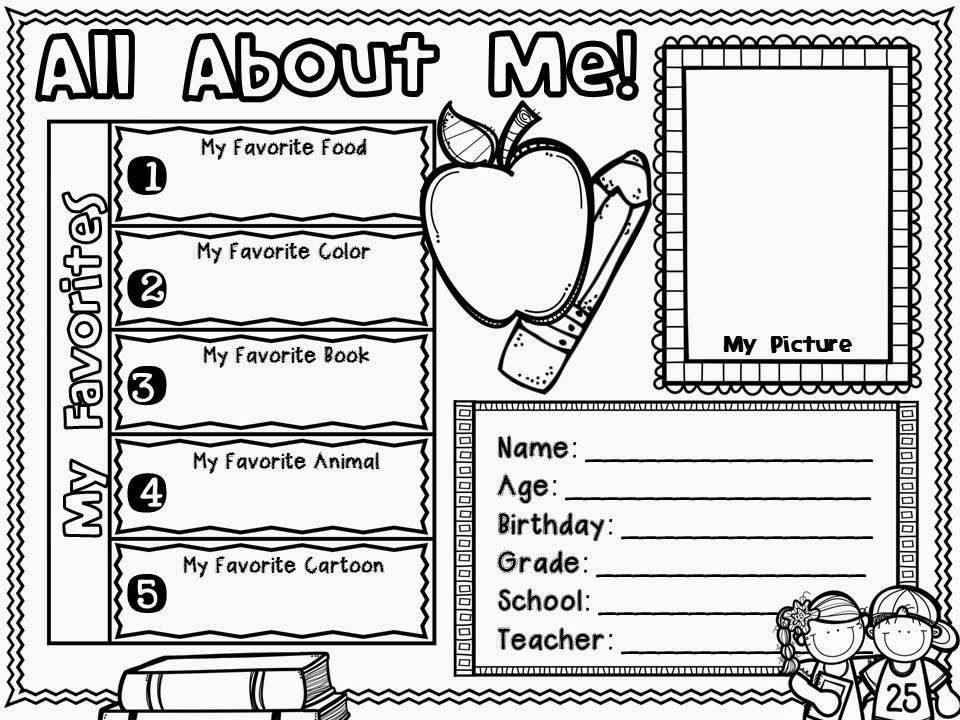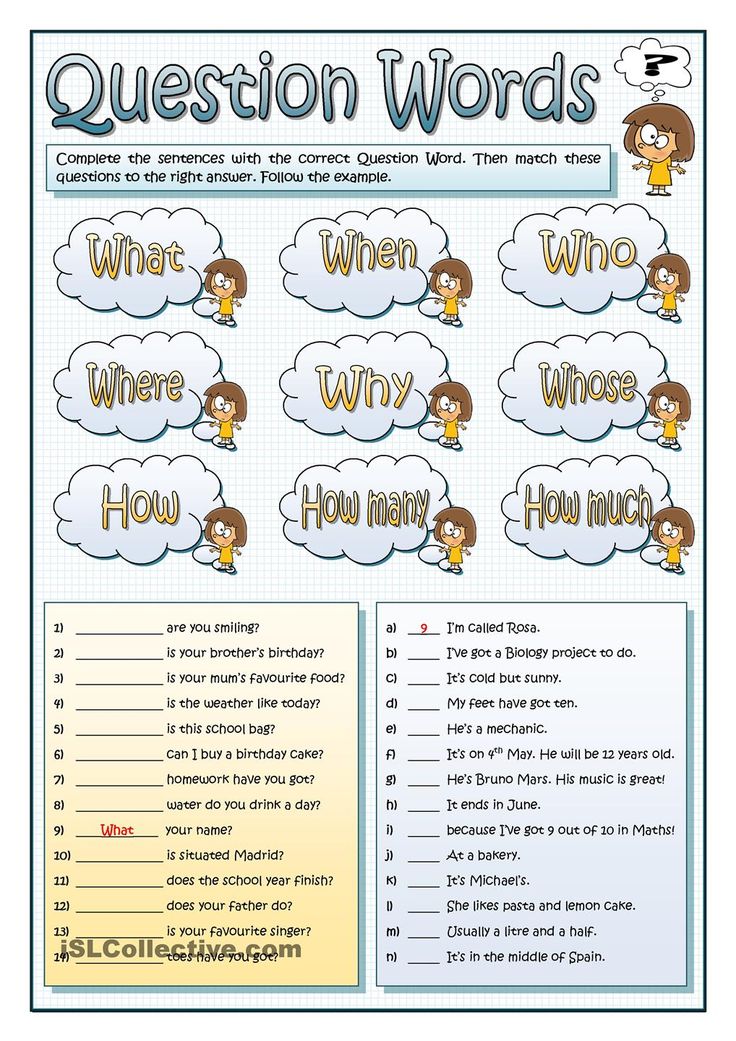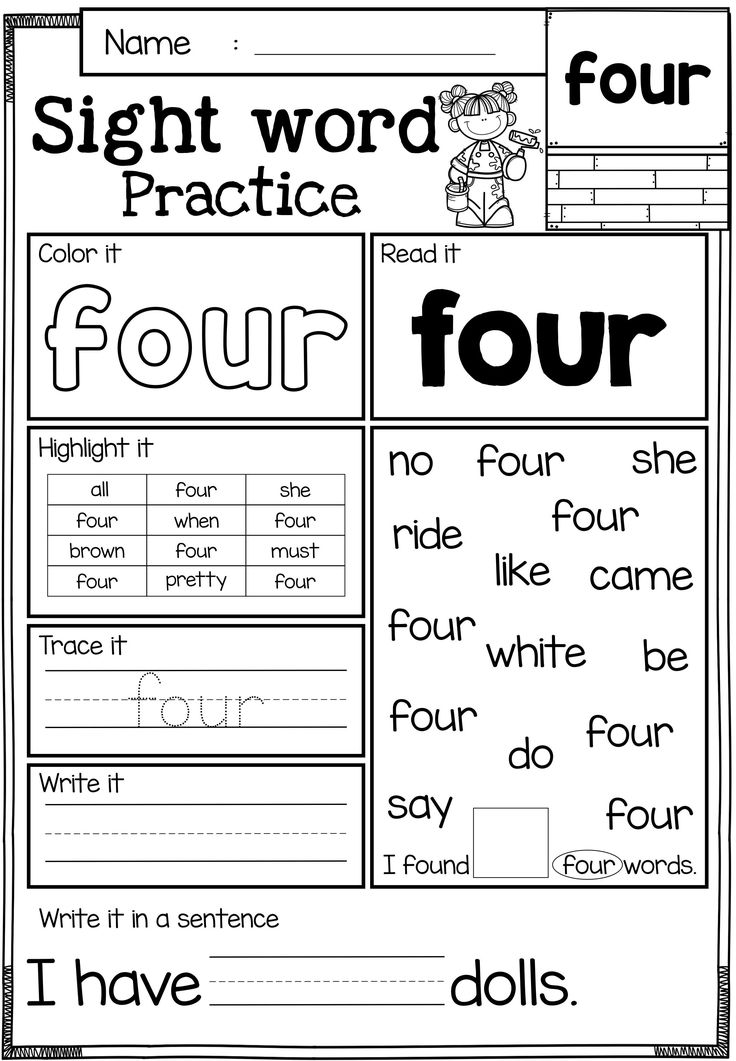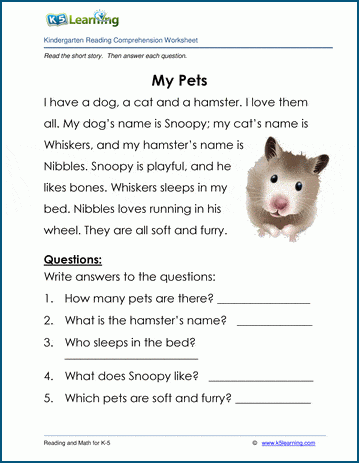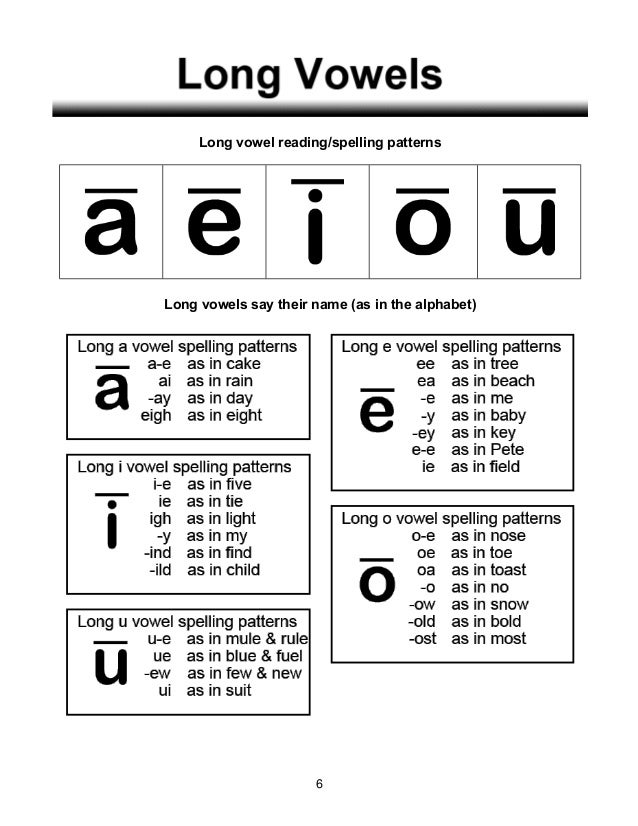Asking for help social skills
Social Skills Story ASKING FOR HELP | Social Emotional Learning | Social Narrative
⭐Looking for social skills stories and social emotional learning activities for preschool, Kindergarten, or special education students? This is a social narrative with original artwork teaching asking for help. The social skills story is presented in a choice format with the reader making choices when given a simple scenario. Perfect for social skills group, speech therapy, self-regulation and awareness, and communication!
❗ This is a digital download product only. No physical media will be sent to you. Remember, please don’t share these links with anyone! Thanks for respecting my work!
❗ You will get a PDF with a link to click to download the files from Dropbox. Email me at [email protected] if you have any problems.
✨Make sure to check the preview for more details!
This 29-page SEL story is Audra the Awkward Aardvark Asks for Help. Readers get to choose what Audra should do when presented with three different situations (something she can’t do, something she doesn’t want to do, and something she wants). Students learn what the “hidden rules” are for asking for help (and what happens when you don’t follow them!)
This SEL activity and artwork is simple but SO cute and with limited distractions on the page, making it great for special education, school counseling, speech therapy activities, or any preschool classroom.
Comes in Boom, Slides, and YouTube plus printable 29-page book, black-and-white version, a small book for coloring, 3 coloring pages, and a 1-page communication visuals with Boardmaker™ symbols.
⚠️IMPORTANT Join my newsletter at abainschool.com/subscribe to get notified when each new book comes out. They’re all super cute!
Find Goofy Gary Learns to Greet, Zany Zoe Learns a Schedule, and Dashing Danny Learns to Do CLICK HERE
Find Patsy the Puny Platypus Learns to Play CLICK HERE
Find Winifred the Wacky Walrus Learns to Win CLICK HERE
Find Lanky Linus Learns to Lose CLICK HERE
Find Beautiful Buford Rides the Bus CLICK HERE
⭐Resource includes (PDF with digital links included):
✅ Boom Cards™: include audio and immediate feedback
Playable preview CLICK HERE
✅ Google Slides™: play in slideshow mode for audio and clickable links
✅ YouTube™: Hear the story, great for groups.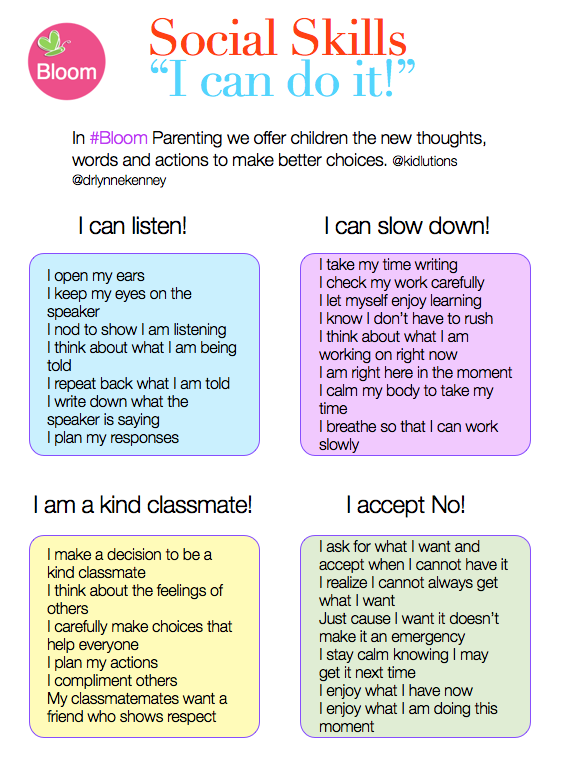
✅ Full-page printable story in color. Print, laminate, and bind to make a book.
✅ Printable story in black-and-white in large and small sizes. Great to give to students to color and take home.
✅ 3 coloring pages
✅ 1-page communication visual
Find me here: Subscribe for freebies | Facebook | Instagram | YouTube | Email
✉ Please contact me via email [email protected] if you have a question about this resource or experience a problem.
⚠️️IMPORTANT : The purchase of this resource gives the buyer permission to download and copy for single classroom or family use only. Electronic distribution is also limited to single use. Copying for other parents, teachers, school-wide use, or for school systems is only allowed with the purchase of additional licenses. Contact me at [email protected] for additional licenses at a discounted rate. Thank you for respecting my work.
Copyright © ABA in School. All Rights Reserved.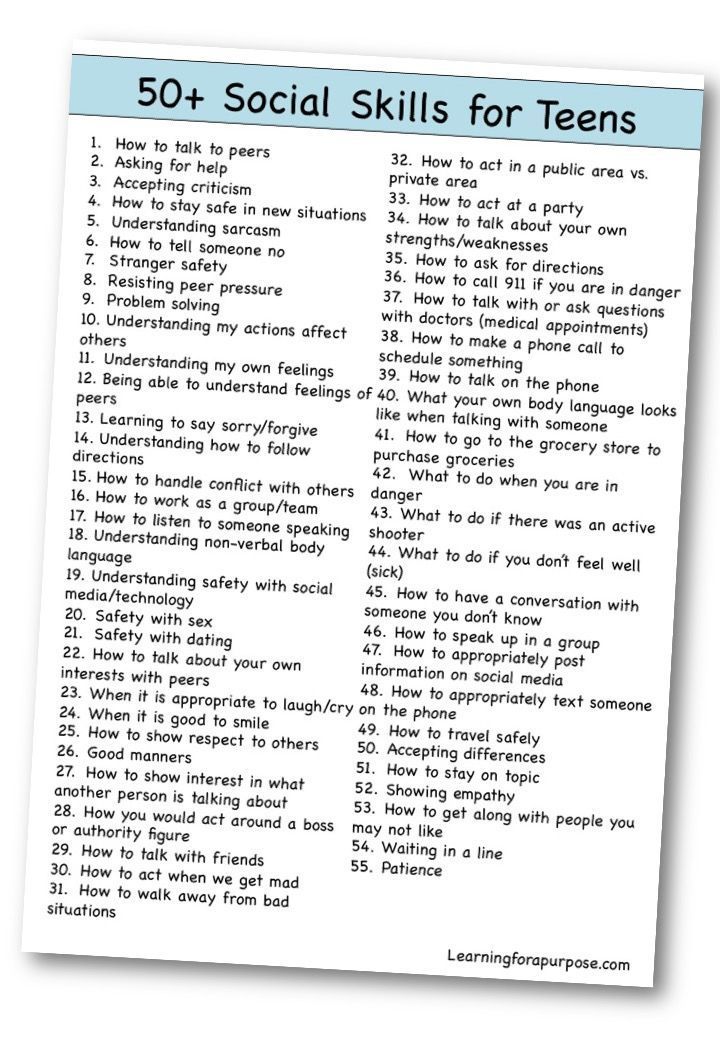
I CAN ASK FOR HELP Preschool Social Skills Story Social Emotional Learning
❤️ Looking for preschool social emotional learning activities or social skills stories and social narratives on the communication skill of asking for help? Working with preschool or
special education students on social skills about self-awareness and self-control? Great for morning meeting or community circle as well as social groups, especially for students with autism who respond to social stories! This is one of many early childhood, toddler, or preschool level social emotional activities that combine SEL stories plus interactive activities.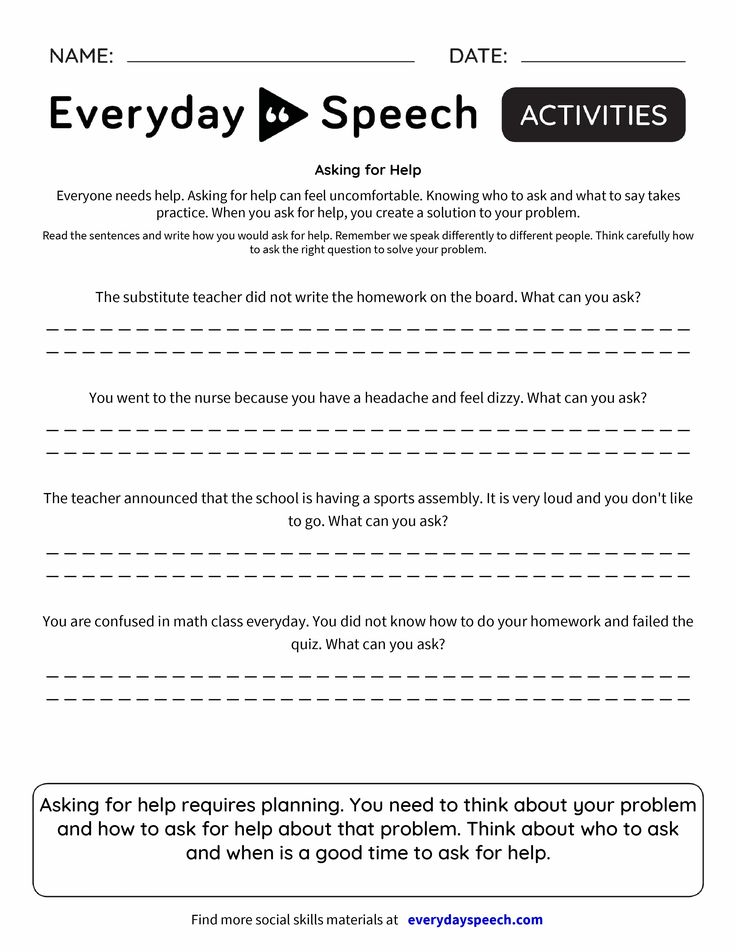
❗ This is a digital download product only. No physical media will be sent to you. Remember, please don’t share these links with anyone! Thanks for respecting my work!
❗ You will get a PDF with a link to click to download the files from Dropbox. Email me at [email protected] if you have any problems.
❤️ This is I Can Ask for Help. This activity is an 12-slide social narrative that teaches 4 steps to asking for help and then 7 slides to practice with simple click and drag-and-drop activities. Includes digital activities plus print book, small coloring book, and 8-page worksheet and craft activity for class.
You can see the Boom Playable Preview HERE.
⭐IMPORTANT: This is part of a growing bundle of short Social Emotional Learning Activities that can be found HERE.
Resource includes PDF with the following:
► Forced copy link to Google™ Slides presentation (SLIDESHOW mode)
► Redeem link to Boom™ self-correcting digital task cards (account required)
► Link to YouTube™ video which has the activity automated which is great for teaching the concepts
► Full-page, color printable story
► 8-page paper extension activity (2 pages coloring, 6 pages color, cut activity)
► Small coloring book that can be printed and sent home as extension activity
This resource is great for:
- ABA
- Special Education
- Autism/other disabilities
- Toddler, Preschool, Kindergarten
Find me here: Subscribe for freebies | Facebook | Instagram | YouTube | Email
✉ Please contact me via email audra@abainschool. com if you have a question about this resource or experience a problem.
com if you have a question about this resource or experience a problem.
For Boom™ products
You must be connected to the Internet. Boom Cards play on modern browsers (Chrome, Safari, Firefox, and Edge). Apps are available for Android, iPads, iPhones, and Kindle Fires. For security and privacy, adults must have a Boom Learning account to use and assign Boom Cards. You will be able to assign the Boom Cards you are buying with “Fast Pins,” (play provides instant feedback for self-grading Boom Cards). Fast Play is always a free way for students to engage with Boom Cards decks. For additional assignment options you’ll need a premium account. If you are new to Boom Learning, you will be offered a free trial of our premium account. Read here for details: http://bit.ly/BoomTrial.
For Google™ products
► You will need Google Drive in order to access this resource. Your students will also need Google accounts so they can access the activity if you are assigning to them.
► You must be logged into your account when you download the file. When you click the link, you will get a prompt, “Would you like to make a copy of….” Click Make a copy, and it will copy to your Drive.
► If your school district has Google access blocked, you can choose to have the resource added to a personal Google account and then share it with your school account.
⚠️️IMPORTANT : The purchase of this resource gives the buyer permission to download and copy for single classroom or family use only. Electronic distribution is also limited to single use. Copying for other parents, teachers, school-wide use, or for school systems is only allowed with the purchase of additional licenses. Contact me at [email protected] for additional licenses at a discounted rate. Thank you for respecting my work.
Copyright © ABA in School. All Rights Reserved.
The importance of a child's social skills article
Every child, as he grows up, comes into greater contact with the people around him.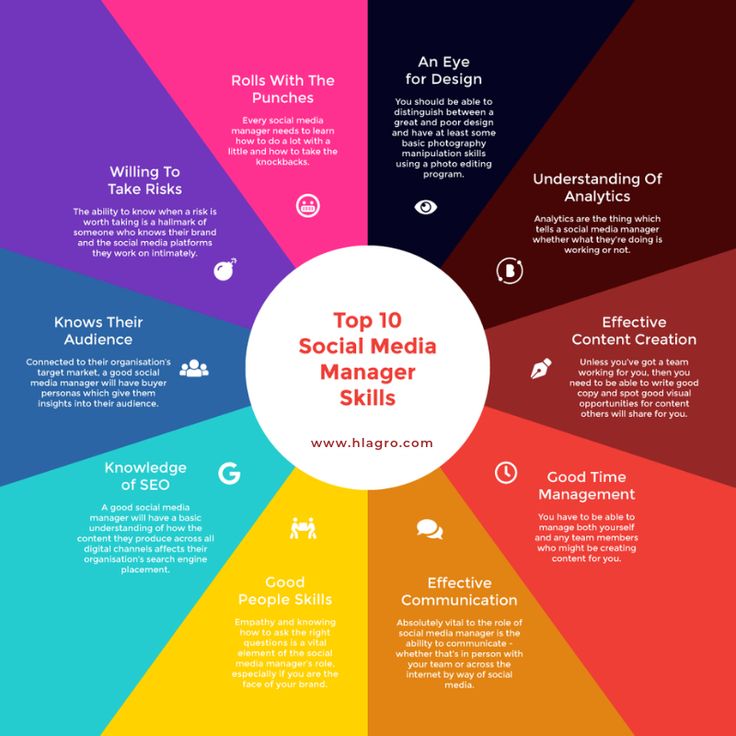 From how sociable he is, how he knows how to demonstrate his thoughts and feelings, how he reacts to the words and actions of people largely depends on whether he will be successful in life, in schooling, in his personal development.
From how sociable he is, how he knows how to demonstrate his thoughts and feelings, how he reacts to the words and actions of people largely depends on whether he will be successful in life, in schooling, in his personal development.
The kid lives in society, he must be adapted in it. That is why the process of forming social and communication skills in children is so important.
Clarifying the concept
Social skills arise in a child against the background gaining knowledge about the world in which he lives, about his own place in society, about how people interact with each other. Appropriating ways of communicating with others, by trying them on themselves, the preschooler masters the skills of flexible interaction.
Thus, social skills should include:
- mastery of generally recognized ways of behavior;
- the ability to explain one's position, to agree on something;
- show emotions;
- listen to the interlocutor;
- make demands and resolve conflicts that arise.
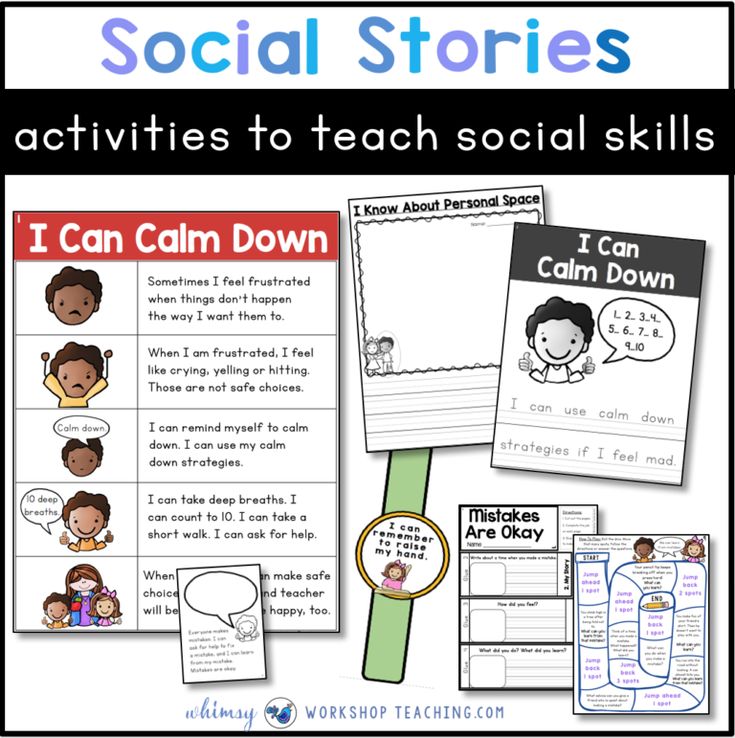
Manifestations of social skills can be verbal or gestural, by all means of body language. A long period of mastering all this arsenal called socialization.
Communication is communication. Everything that helps a person to explain his thought refers to communication skills. The more intelligibly a person conveys information to others, the better he understands what they want to say to him, the easier it will be to build relationships with partners in the game, study, and at home.
The importance of social skills
A very important period for the development of a child's personality is preschool childhood. At this stage, he learns a lot about the world around him and identifies himself as a member society. It is important not to miss the opportunity to form social and communication skills at preschool age.
Before kindergarten, the child is the center of attention of his family. But when it's time to "go out", many have difficulty communicating with adults and children.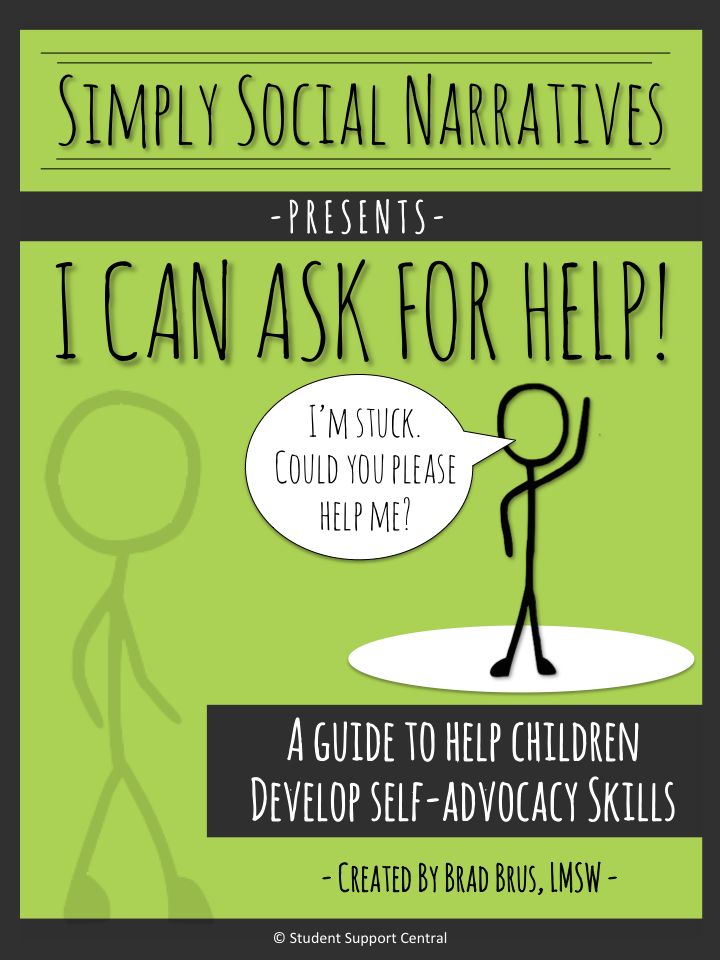
It is a problem for them to get to know or simply contact a peer. They are embarrassed to respond. They don't know how to maintain the contact that has arisen. They find it difficult to express your sympathy, regret, love. As a result, the little "beech" is outside the team.
The child loses the opportunity to assimilate the social norms of communication, the knowledge of moral and ethical guidelines passes by. Self-determination in the children's team accompanied by great difficulties, low self-esteem is formed.
The role of the family
The development of children's social skills begins in a family environment with natural daily interactions. Mom and dad unobtrusively introduce spiritual values, talk about proper behavior, teach initial etiquette and partnerships.
Wise adults should make sure that children learn about their rights and obligations, learn to set limits for communication with people of different ages, and be able to find their place in the social system.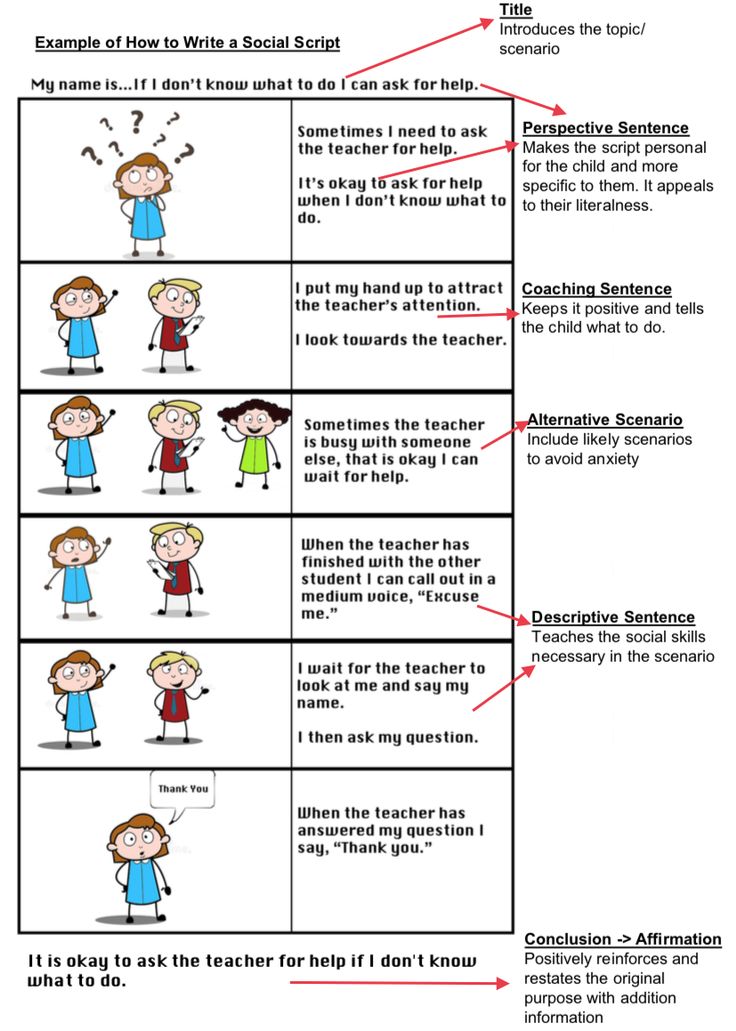
Unfortunately, the rhythm of modern life is so hard that parents sometimes do not find time to reveal to their children the secrets of human communication and correct communication. behavior. Children's educational centers can provide real help.
What will be taught at the center
The Children's Developmental Learning Center was created to ensure that the child who comes to the classes will reveal his or her personal potential to the maximum. Leading activity preschoolers is a game. Through it, children learn about the world and adapt to it. Therefore, each lesson of any orientation is filled with game components. Through the game center educators:
- introduce generally accepted behavioral norms, simulate situations of communication with peers, teach polite communication with adults;
- help to realize their gender and citizenship;
- teach basic safe behavior skills.
In the game, the preschooler becomes the subject of an activity in which he must prove himself as a person, find a way to solve a particular problem.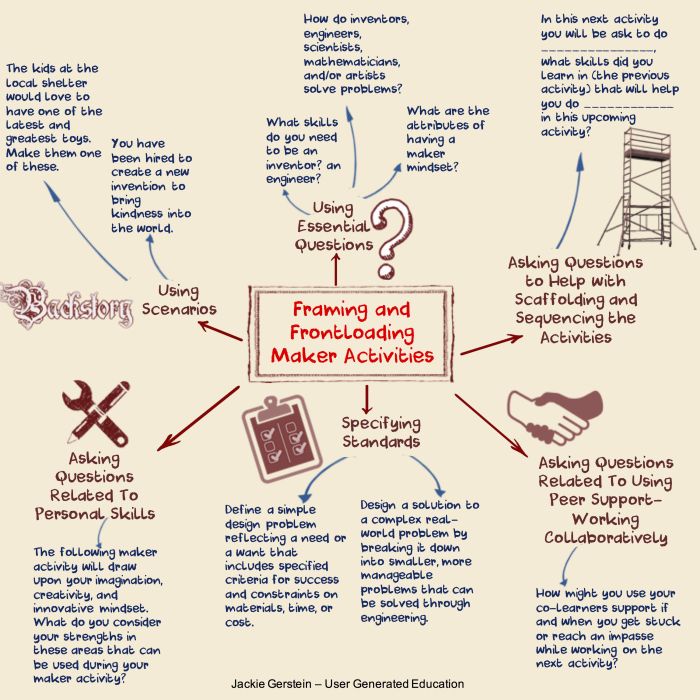 Guys don't do it. difficult, because everything happens as if for fun. But they survive the situation and subconsciously learn the rules of behavior and communication quite seriously.
Guys don't do it. difficult, because everything happens as if for fun. But they survive the situation and subconsciously learn the rules of behavior and communication quite seriously.
What is the basis of education in the center
Preschool children have a very vivid imagination. Knowing the age characteristics of children, the ability to find an individual approach to the child allows you to build confidence and independence of each, to teach self-control and communication techniques, to stimulate curiosity and the desire for cooperation.
The relaxed environment of communication, the benevolence of adults help each participant in the classes to realize themselves as a participant in personal and social interactions. At preschoolers develop self-confidence, which will be useful to them in later life.
Case modeling involving all children is based on the desire to participate in the game. In the course of a lively interesting activity, participants enter into communication, follow the rules and the plot, "try on" this or that social role.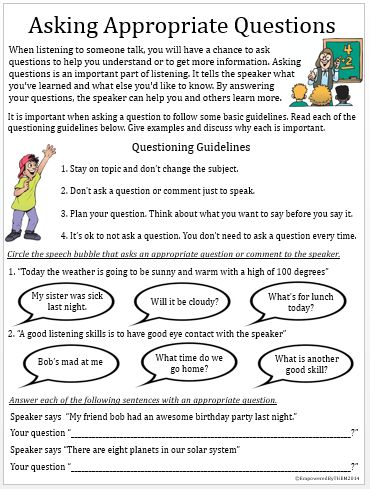 In this case, it is required not only to use personal experience, but also to find a solution in a particular situations.
In this case, it is required not only to use personal experience, but also to find a solution in a particular situations.
Skillfully organized communication in a children's group dictates the need to subordinate actions, words, thoughts to a specific goal, forms purposefulness and primary self-control skills.
Thus, important social and communication skills are being formed in the conditions of active and interesting activity. The work must be carried out systematically. Conditions for this have been created in the children's center. National Autistic Society0003
These instructions are for teenagers and adults with Autism Spectrum Disorder (ASD). For people with ASD, social situations are often a major problem. Many rules of behavior in society are intuitively grasped by people without ASD, and people with ASD almost always have to consciously master them. Since many social norms are unwritten and no one talks about them, often a person with ASD feels confused, his level of anxiety increases.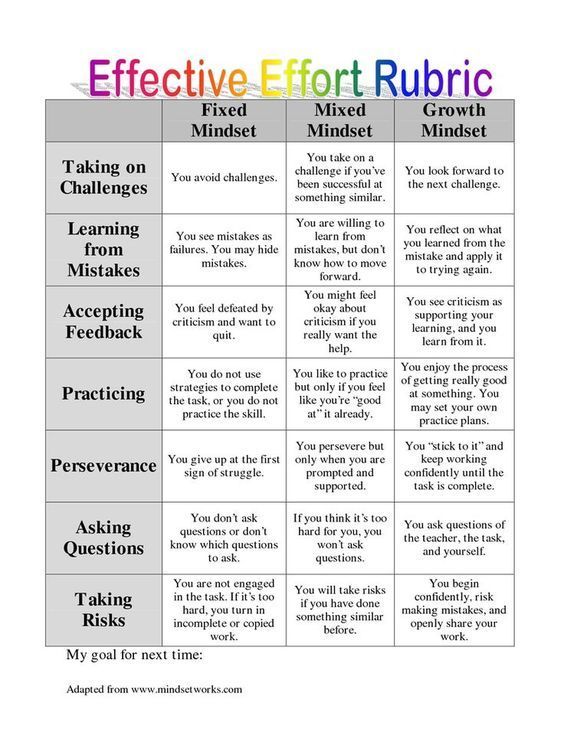
Unfortunately, it is not possible to provide useful tips for all occasions here, but we suggest that you consider some basic ideas. Discuss them with someone you trust (for example, a relative or a well-known specialist), and perhaps this will prompt you to invent your own methods.
How to start a conversation?
If the person you want to talk to is talking to someone else, especially if it's a stranger, it's best to talk to him later when he's free.
Walk up to the person, stop at arm's length and look into their face.
As a general rule, a "hello" greeting is a good way to start a conversation. Try other good greetings, such as "hello" when referring to a friend, or "I'm sorry" if you need to get someone's attention. It is important to remember that the type of greeting that is appropriate for the situation and appropriate for addressing this particular person is used, for example, you can say “hello” to a friend, but you need to say “hello” to your boss.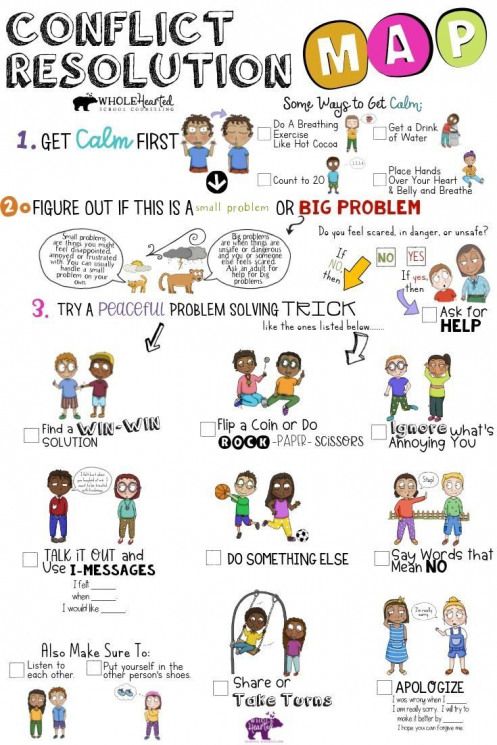
If you say the name of the person you are addressing at the beginning or end of the greeting, he will quickly understand that you are talking to him. In some families, people do not address older relatives by their first names, but call them “aunt”, “uncle”, “grandmother”, etc. Remember what address you use when communicating with your relatives.
If the person you're talking to says "hello" (or something similar), it usually means they're ready to talk.
It would be good to start the conversation with some general questions, rather than go straight to discussing a specific topic. Here are options for such "introductory" phrases:
— How are you?
- Good to see you.
— Did you like this movie/match/TV program? (If you yourself have seen what you are asking about).
Try writing down some common questions and topics that you can use to start a conversation.
What to talk about during a conversation?
Do not forget to follow the order of remarks during the conversation.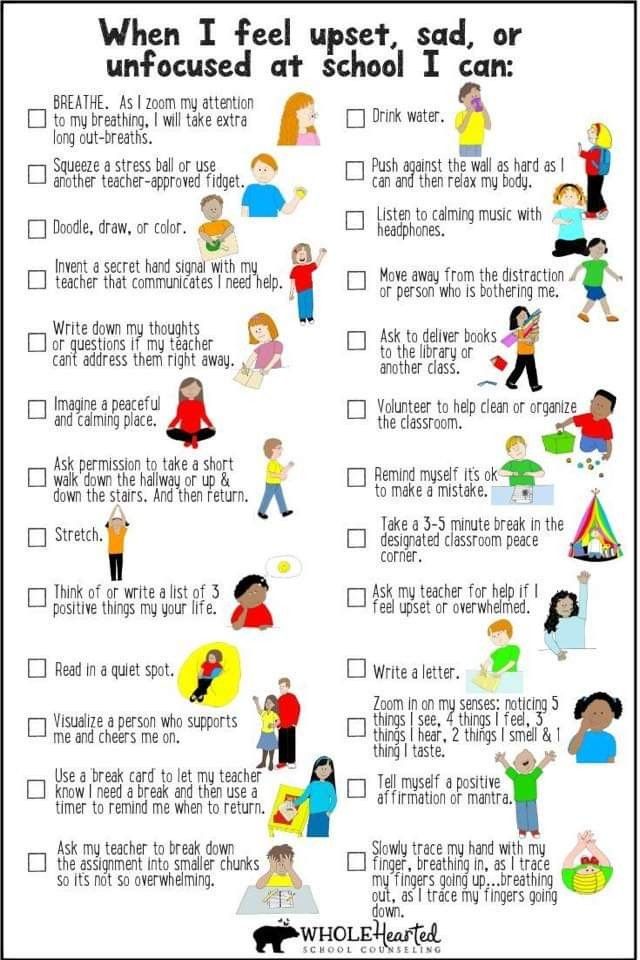 Let the interlocutor answer your question, and, in turn, give him the opportunity to ask you a question if he wants to.
Let the interlocutor answer your question, and, in turn, give him the opportunity to ask you a question if he wants to.
Talk about things you know the other person likes, or things you like. If you both like the same thing, you can talk about it. However, there are topics that are best avoided in a conversation with unfamiliar people. Try to make a list of suitable and inappropriate topics for conversation.
Examples of suitable topics of conversation
- Weather
- Television programs
Examples of inappropriate topics of conversation
- Criticisms about the appearance of the interlocutor (for example, you can not say that you do not like his clothes)
- Money (for example, you can't ask how much the other person earns)
you don't necessarily like everyone else as much. Perhaps you want to talk about a certain topic, but the other person may not be interested in the subject and may not know as much about it as you do. If you are talking to someone and your interlocutor looks like he wants to end the conversation, can you say: “Would you like me to tell you more about this”? or “Do you want to talk about something else”? However, sometimes a person wants to end the conversation for completely different reasons.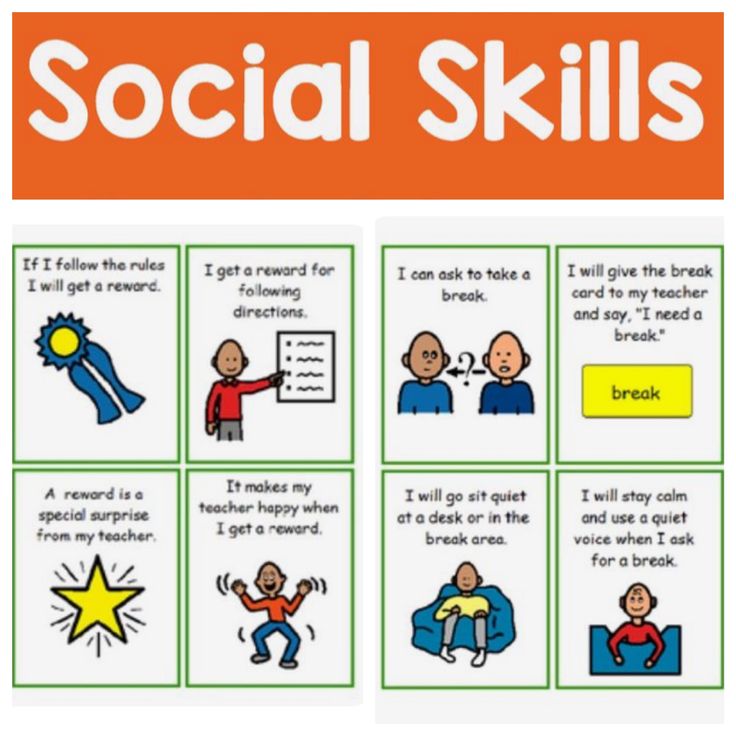 For example, he has urgent business.
For example, he has urgent business.
It can be difficult to understand other people's feelings because they don't talk about them, and body language and facial expressions are difficult to read. What is appropriate to say sometimes depends on the attitude of the interlocutor to the subject of conversation. If you are not sure that you correctly understand the feelings of the interlocutor, you can ask him himself.
Here is an example of a situation where this might come in handy:
A friend says he is moving because he has found a new job
In this situation, a friend may be sad about having to move, or happy about a new job. To understand how he feels, ask: “And how do you feel about this”?
Your friend may say that he is glad to move to a new place because he is happy that he has found a new job. However, you may be sad that a friend is leaving. In this situation, instead of talking about how you feel, respond like this: “I'm happy for you because you found a new job and are happy.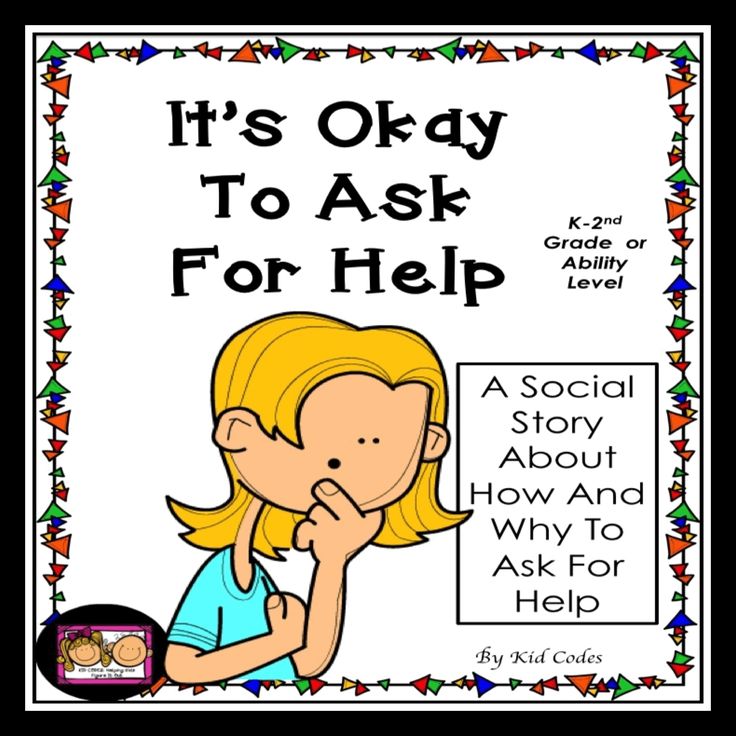 I'm really sad that you're leaving so far." In doing so, you will talk about both your friend's feelings and your own. This is called empathy and shows other people that you are a kind and considerate person. Discuss with family members or friends other situations where you may be required to express empathy.
I'm really sad that you're leaving so far." In doing so, you will talk about both your friend's feelings and your own. This is called empathy and shows other people that you are a kind and considerate person. Discuss with family members or friends other situations where you may be required to express empathy.
Facial expressions
The Cambridge University Autism Research Center has developed a program called Mind Reading and released a CD. This program was designed to help people with ASD recognize emotions from facial expressions. The Mind Reading program is a huge success, and university researchers hope that in the future they will be able to create a device based on a small camera and a computer that will tell people with ASD about what emotions the interlocutor is experiencing. However, these studies are still at a very early stage, so it will take quite a long time before the appearance of such a device.
How to end a conversation?
Watch for signals that the other party wants to end the conversation.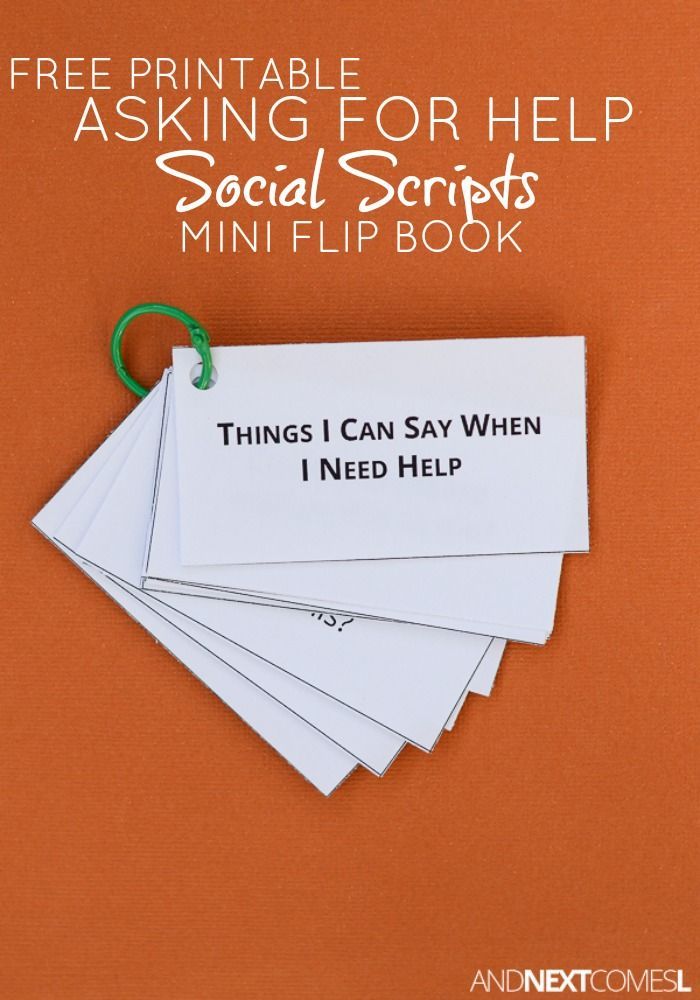 These signs include:
These signs include:
- The interlocutor does not ask counter questions.
- The interlocutor looks around, examines the room.
- The interlocutor yawns.
- The interlocutor said that he had business.
Do not get upset when these signals appear. Sometimes it's best to end a conversation before there's nothing left to talk about.
If you want to end the conversation, before you say "goodbye" say something like "I think I should go." It will be more polite than just saying goodbye and leaving. Try to think of other ways to end the conversation.
How to make friends
It can be difficult for people with ASD to form friendships, but if you manage to make a friend, then these relationships can bring a lot of positive emotions. You will have someone with whom you can go for a walk, talk about topics that interest you and discuss your problems.
It can be difficult to tell who is a true friend and who is not. This is especially difficult for people with ASD, because signs that a person is only pretending to be your friend are often very difficult to notice, as they are expressed in body language and tone of voice.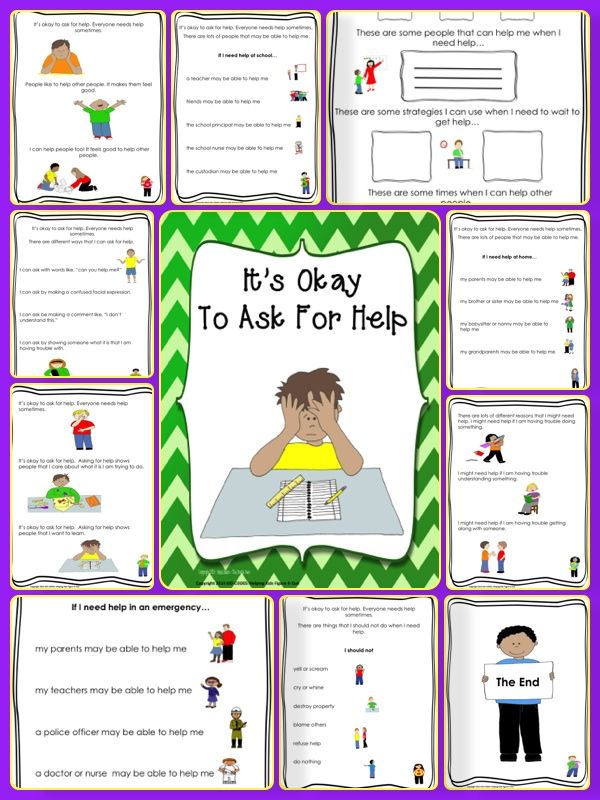 You may or may not pay attention to them.
You may or may not pay attention to them.
Marc Segar described his experiences in an ASD Survival Guide that he developed to help other autistic people improve their communication skills. The guide is available for reading here. With the help of the "How to find good friends" section, you can find out if a real friend is in front of you. Below are some of Mark Segar's ideas:
A true friend
- Always makes you feel welcome and talks to you if he has time.
- Will treat you the same as all his friends.
Someone who only pretends to be a friend
- Sometimes he makes it clear that he is glad to you, but almost immediately there are signs that he does not want to talk to you.
- May treat you differently than other friends.
How to tell about your autism spectrum disorder
Sometimes it is difficult for people to understand others if they do not behave like everyone else. It can be difficult for people without ASD to understand why you don't like to make eye contact when talking or talk too much about a topic that interests you.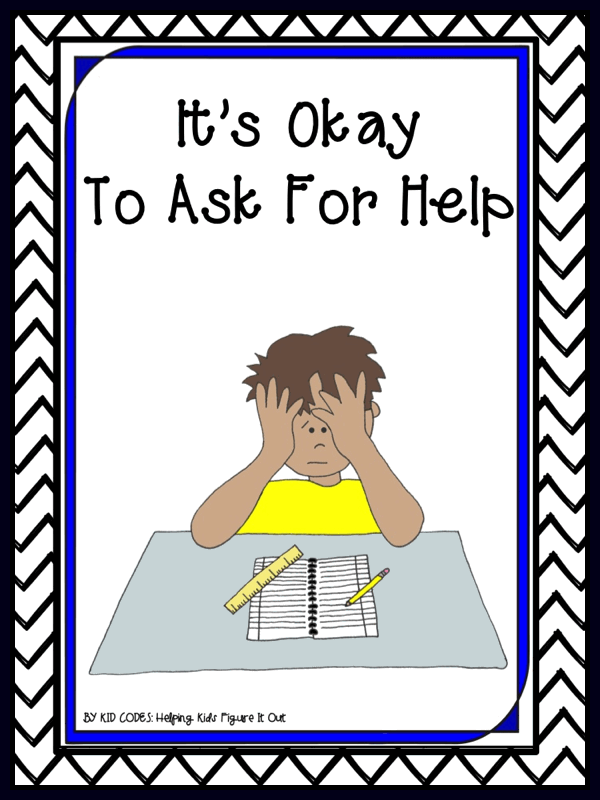 In order for people to understand the reason for this behavior and be able to properly communicate with you, you can tell them that you have ASD. Of course, it is your choice to speak or not, but often people with ASD choose the former.
In order for people to understand the reason for this behavior and be able to properly communicate with you, you can tell them that you have ASD. Of course, it is your choice to speak or not, but often people with ASD choose the former.
It is not necessary to go into detail about what RAS is. Perhaps we can talk about the difficulties in three main areas. These areas include:
- Communication. Do you understand body language easily? Do you have difficulty recognizing other people's emotions? Is it difficult for you to convey your idea to the interlocutor?
- Imagination. Do you find it hard to imagine how the other person feels? Are you upset about change? Do you have a special, all-consuming interest?
- Social interaction. Do you prefer solitude? Is it difficult for you to make friends with someone? Difficulty holding a conversation?
You may be experiencing only some of the difficulties listed.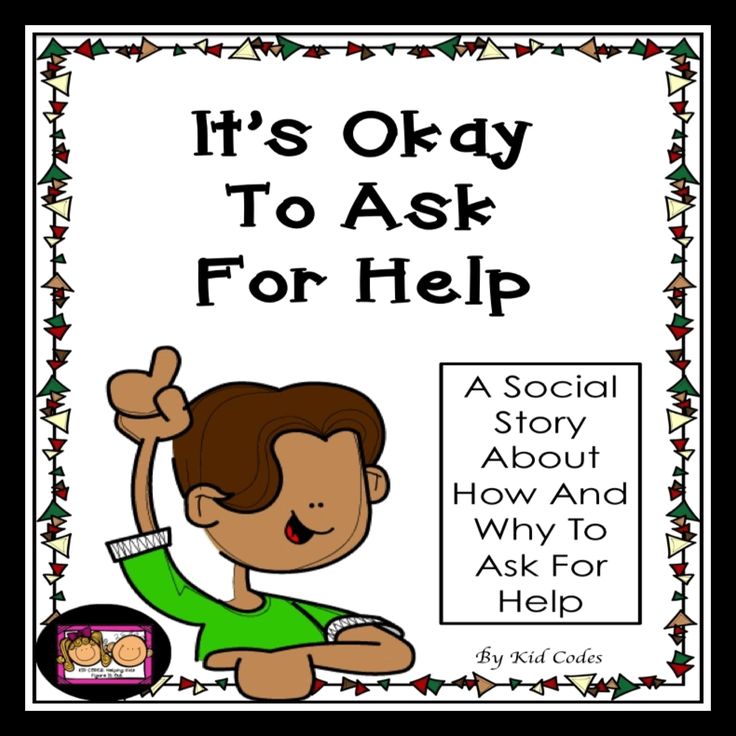 Ask someone who knows you well how your behavior in social situations differs from that of someone without ASD. This information can be very helpful as it will allow you to tell people about your problems and also work on solutions.
Ask someone who knows you well how your behavior in social situations differs from that of someone without ASD. This information can be very helpful as it will allow you to tell people about your problems and also work on solutions.
You can download a special card (Autism Alert card) from the website of the National Autism Society (NAS) and carry it with you to be able to quickly inform the interlocutor that you have autism. This is a compact card that gives general information about the ASD and has a place to write down the number to call in an emergency. You can also order credit-sized cards from the National Autism Society website to give out to people to learn about autism or Asperger's.
In addition, the National Autism Society website has several options for a booklet about people with ASD that you can give to employers and colleagues to help them support you and communicate effectively with you. (This text is available in Russian here).
Social Skills: Things to Remember
Here are some more ideas and reminders to help you in social situations.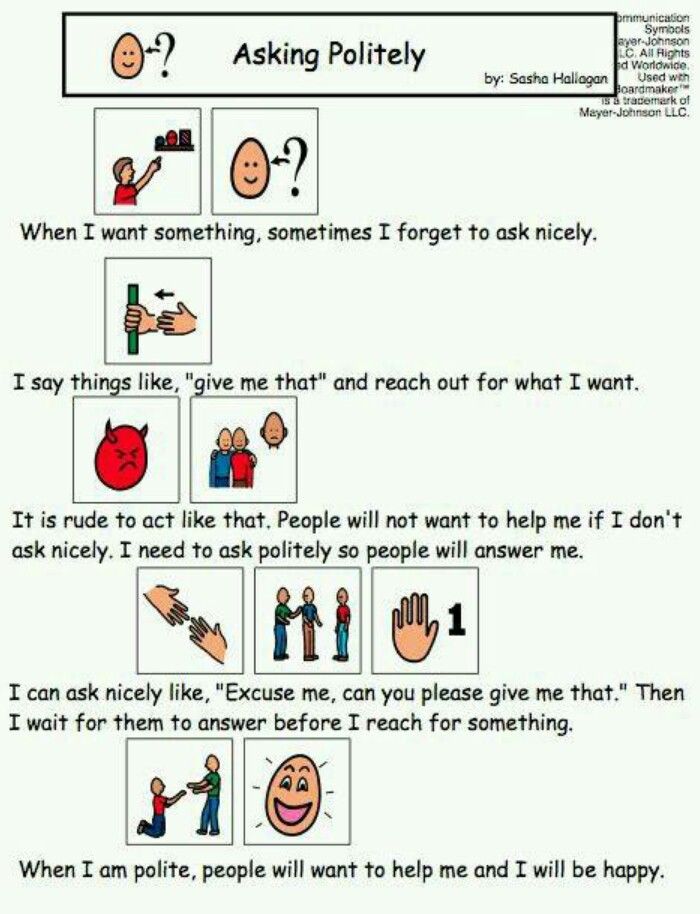 They are not suitable for every situation you may find yourself in, but some tips will help in the most common circumstances:
They are not suitable for every situation you may find yourself in, but some tips will help in the most common circumstances:
1. The rules change depending on the situation and the personality of the interlocutor. For example, you can say “hello” to a friend, but you need to say “hello” to your boss. A good example is a story about a person who was told that it was polite to smile and shake hands when meeting. In most cases, this was appropriate. But when at the funeral of a relative, this man approached everyone with a smile "from ear to ear", and people considered that he was behaving insensitively, because he did not share their grief.
2. If you make a mistake and upset a person, this does not mean that he will no longer like you. Usually, an apology helps. If you do not understand what upset the person, ask him about it.
3. Sometimes you don't have to tell the truth to make someone happy (for example, you can say that a person doesn't seem fat to you, even if they don't).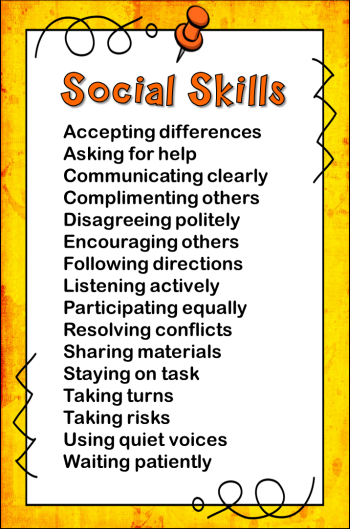 This is the so-called "harmless lie". Try to come up with situations where you need to use a harmless lie, and work them out with a relative or a well-known specialist.
This is the so-called "harmless lie". Try to come up with situations where you need to use a harmless lie, and work them out with a relative or a well-known specialist.
4. Saying "please" and "thank you" is appropriate in any situation. By doing so, you demonstrate to other people that you are a polite person.
5. Even if you don't want to meet other people and prefer to be alone, you still need to develop social skills. Guidance on how to conduct a conversation will be especially helpful. They will help you act in the right way in social situations that are inevitable, such as at a family reunion. In addition, you will show yourself as a polite person.
You can contact a family member, professional or friend and ask them for help with social skills. You can practice different social situations with them in the form of a role-play. For example, you can practice how to speak to another person, how to take turns speaking, and how to end a conversation. Ask people who know you well what skills they think you need to work on.